Is Audemars Piguet Gambling Away Its Legacy In Chasing Pop Culture Trends?
Audemars Piguet consistently baffles me. Their watches often leave me scratching my head, thinking, “that's an unusual design choice.” Yet, paradoxically, they remain one of the most profitable and sought-after watch brands in the world. The past three Morgan Stanley reports on the Swiss watch industry’s top 50 companies placed them a step ahead of Patek Philippe, at fourth, trailing only Rolex, Cartier and Omega. Their growth is undeniable, with no signs of slowing. Still, a nagging unease persists.
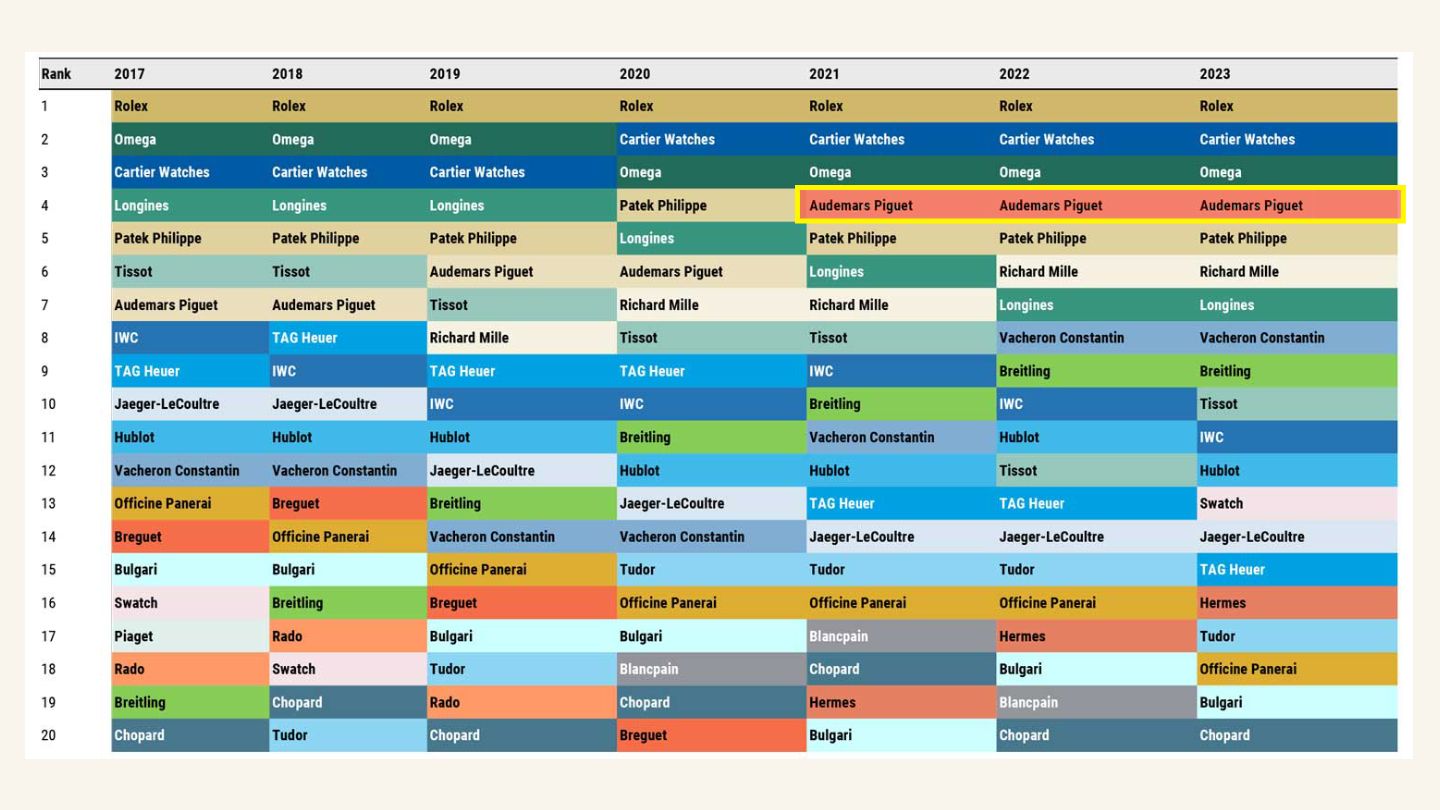
While negative commentary regarding Audemars Piguet has become increasingly common on online forums, there's a lack of concrete evidence suggesting an imminent decline. But certain examples like the 2023 release of the limited-edition 1017 ALYX 9SM Royal Oak models inject a note of concern into this conversation. Numbers and performance aside, let's examine the controversial Audemars Piguet releases such as the ALYX 9SM, the Royal Oak “Cactus Jack” and the Concept Tourbillon “Spider-Man” and understand the concept of “self-induced volatility.”
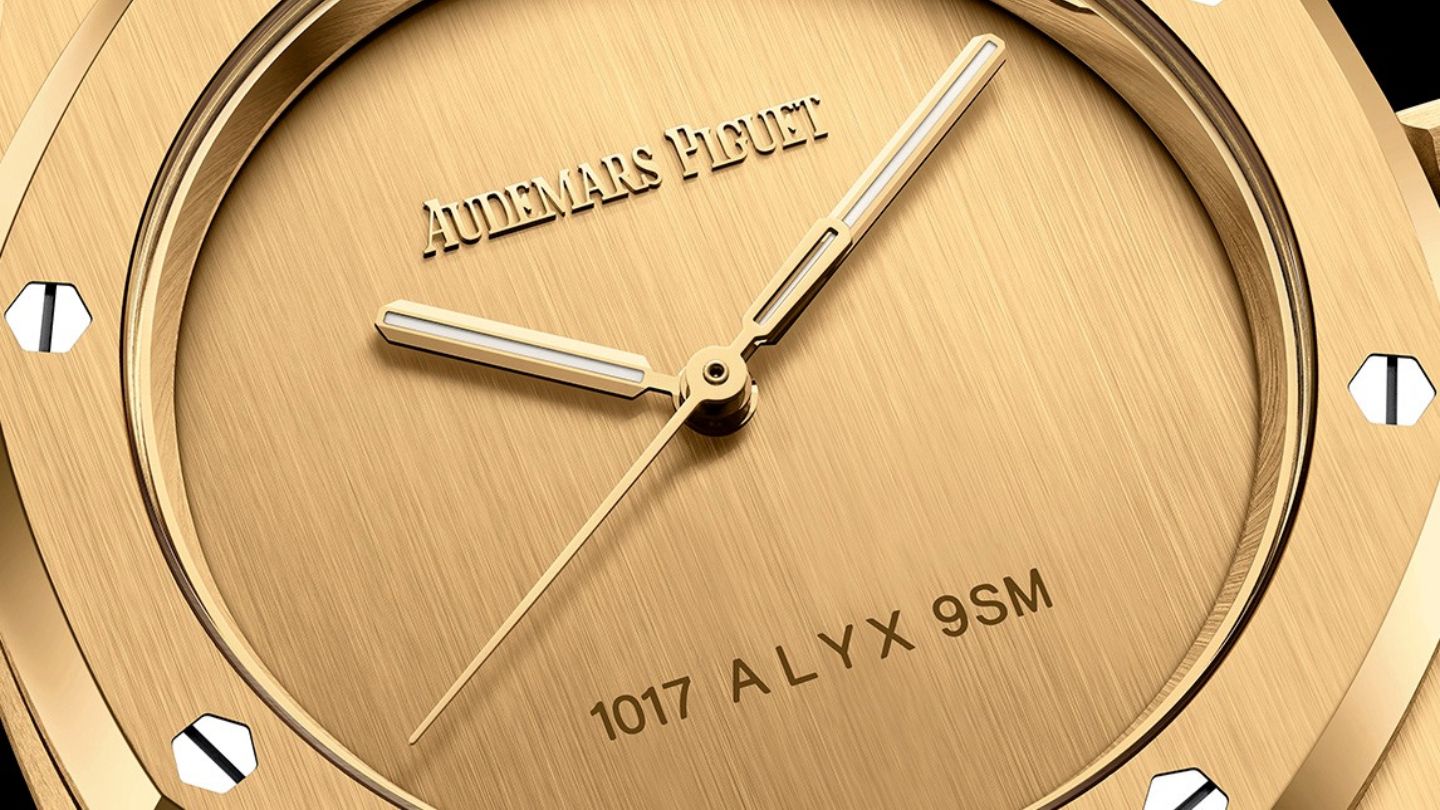
Dissecting the technicalities of a $70,000 plus, solid gold, limited-edition watch might seem redundant, but here we go. We're looking at 50 meters of water resistance, a power reserve of 60-hours and a case thickness ranging from 9.1mm for the time-only model to a hefty 15.2mm for the chronographs. Dials come in gold, white gold or black PVD. Being precious metal, this is a watch destined to feel ridiculously heavy. The ALYX 9SM collection, with its unconventional aesthetic, embodies an intrinsic Audemars Piguet dissonance, successful despite questionable design choices. While some might celebrate its exclusivity, others might see it as a risky gamble. Only time will tell if this is a misstep or a stroke of marketing genius.
Lost Between Heritage and Hype: Deconstructing the Audemars Piguet ALYX 9SM
I must confess a deep fondness for the Royal Oak design. In my eyes, it is one of the most beautiful watch designs ever made. Its iconic Genta form has spawned numerous iterations, each offering a distinct interpretation of the original. While some variations have sparked debate, the underlying brilliance of the Royal Oak remains undeniable.
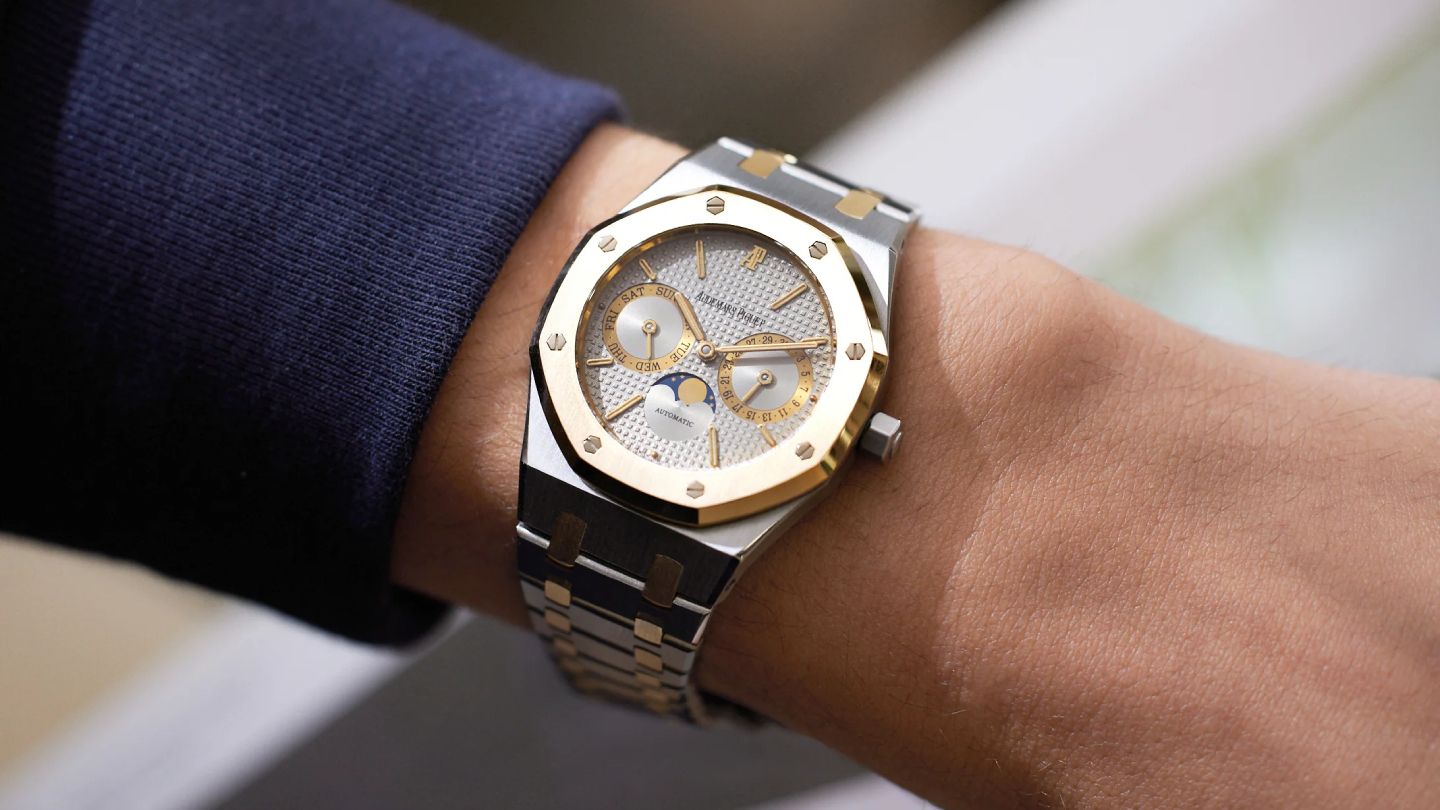
However, the ALYX 9SM collection presents a unique challenge altogether. The minimalist aesthetic, particularly the complete absence of markers and subdials, departs significantly from the Royal Oak's established language and somewhat feels like a first-year design student's attempt at minimalism. This approach, while undeniably bold, raises questions regarding legibility and the functionality of especially the chronograph complication, leaving at least me to mentally guess my way to figuring out how many seconds and minutes have elapsed.
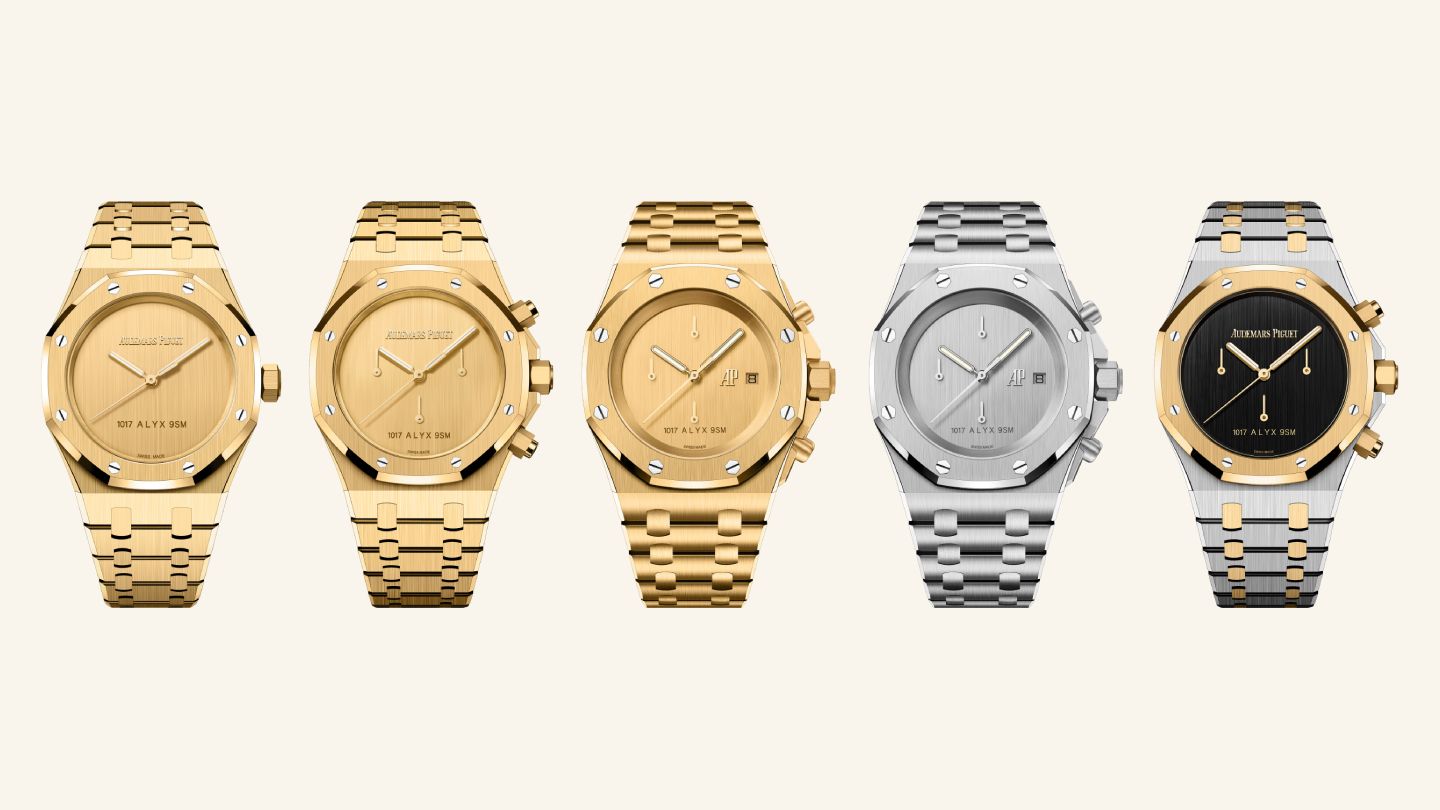
It is important to acknowledge the subjective nature of design appreciation. If the ALYX 9SM resonates with you, that's fantastic! After all, I'm far from the ‘target audience’ (a reality my bank account readily confirms). Plus, these limited editions, as always, have most likely been sold out regardless of my opinion. Nevertheless, from a technical standpoint, the ALYX 9SM pushes the boundaries of the Royal Oak's design ethos. While Audemars Piguet's willingness to experiment is commendable, it remains to be seen whether this particular direction will find lasting favor amongst aficionados of the brand. The ALYX 9SM serves as a point of discussion, prompting a critical examination of the delicate balance between innovation and adherence to a cherished design legacy.
A Strategic Differentiation of Patek Philippe and Audemars Piguet
The past five years have witnessed a significant rise in popularity for both Patek Philippe and Audemars Piguet, fueled in part by endorsements from pop culture rappers and other new-money celebrities. For Patek Philippe, the models that were most popular are the Nautilus and the Aquanaut, for Audemars Piguet, the Royal Oak. Patek Philippe has for the most part chosen not to lean into this popularity, opting instead for a more conservative stay-the-course approach to maintaining their brand position. Yet models like the 6007G-Calatrava are ever so slightly shifting that position.
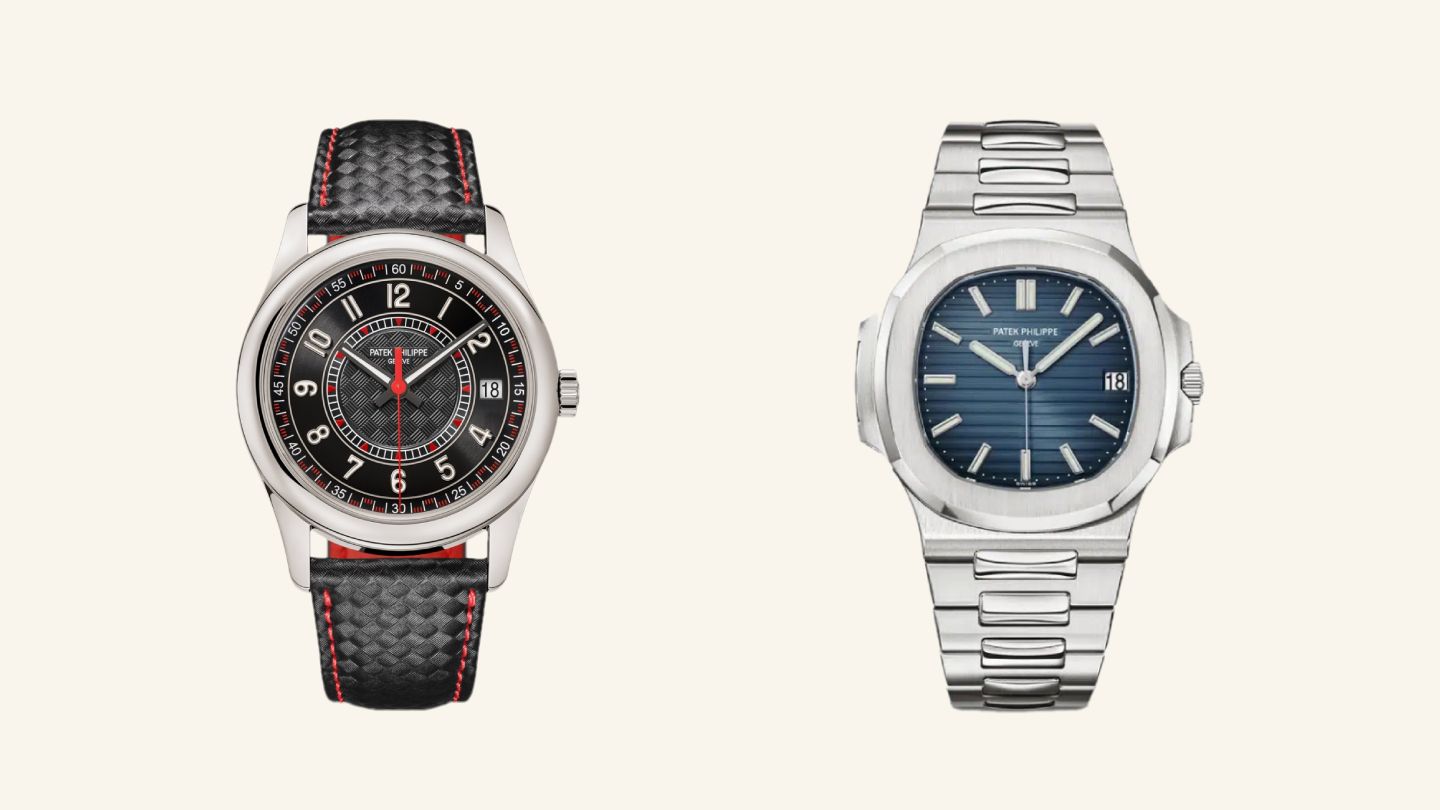
Under the leadership of Thierry Stern, Patek Philippe has prioritized brand image over short-term trends. Thierry Stern, when discontinuing the Ref. 5711 in 2021 had a clear reasoning: to prevent a single model from overshadowing the brand's diverse identity and suddenly becoming 50% or more of its collection. This decision encapsulates the contrasting approaches taken by Patek Philippe and Audemars Piguet in recent years where for the latter, the entirety of its catalog is heavily defined by just two styles: the Code 11.59 and the Royal Oak variations.

Audemars Piguet has always been the more Avant Garde member of the Holy Trinity, more edgy and daring in many ways. But this has become even more pronounced in the last couple of years. Recognizing the “one-trick pony” perception surrounding the Royal Oak, they introduced the Code 11.59. While the initial Code 11.59 release was not particularly impressive, the second generation is palatable for many. That said, it's still the Royal Oak that does the heavy lifting and has spawned a multitude of variations, not just the classic slim, jumbo and chronograph models. Audemars Piguet has become synonymous with the “iced-out” aesthetic, conceptual creations like the Black Panther watch and even the controversial Royal Oak Offshore Music Edition or the Cactus Jack and most recently the Royal Oak Concept Tourbillon “Spider-Man”.
Opinions on these ‘quirky’ releases are naturally subjective. While some like them, others find them absolutely hideous. But the core issue with Audemars Piguet transcends personal preferences. The success of these limited-edition pieces underscores a fundamental dilemma: stability or volatility.
Let’s try to understand this in detail.
Think of H&M, a quintessential example of fast fashion. Their business model prioritizes rapid production and distribution of trend-driven apparel. It's a high-speed chase to capture the runway trends. Their design teams care less about quality original creations and more about rapid replication. Contrastingly, Hermes embodies a distinct philosophy. Their pace is deliberate, a stark difference from the frenetic energy of fast fashion. While brands like Louis Vuitton, Gucci and Prada also chase trends to some extent, they do so at a more measured pace. It's essential to remember that fashion, unlike horology, has a seasonality cycle. Yet, within this industry, there's a spectrum of approaches. Some brands thrive on chasing trends, while others cultivate timelessness through gradual evolution. Both strategies have their merits.
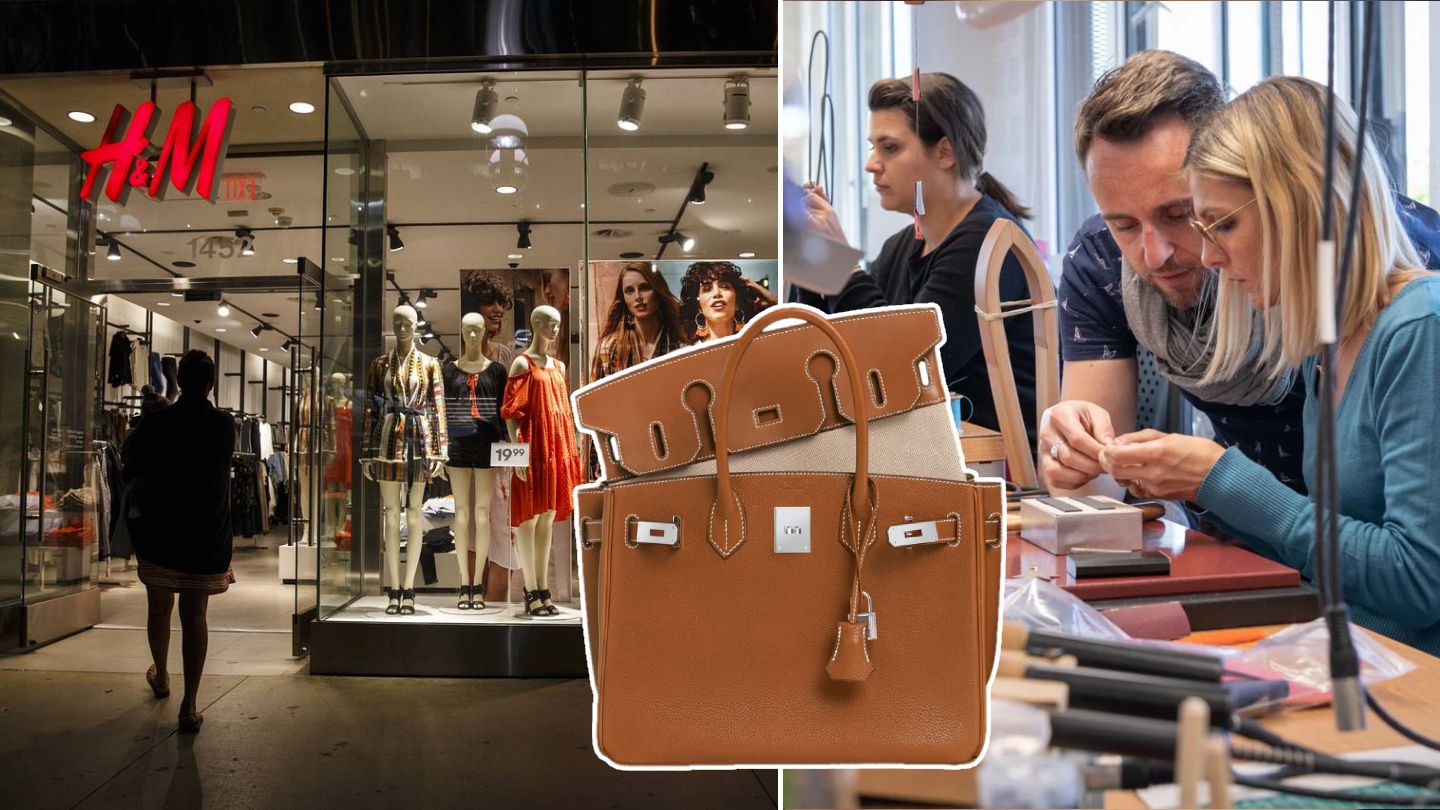
Market dynamics demand constant evolution and the liability to innovate. While slower-moving brands can maintain relevance with a steadier approach, although requiring evolution to not become dated and irrelevant, those at the epicenter of popular culture face relentless demands for novelty. Hermes epitomizes this gradual, more deliberate strategy. Its emphasis on craftsmanship, exclusivity and timelessness, positions it as a refuge from the fluidity of fashion trends. In contrast, H&M thrives on rapid response to shifting tastes, making it inherently more volatile.
Audemars Piguet presents an intriguing case. While the Royal Oak remains an iconic product, the brand's more recent efforts to broaden its appeal through collaborations and limited editions have injected an element of volatility into its previously stable image. Partnerships with celebrities and pop culture phenomena, while potentially expanding the customer base, risk diluting the core brand identity. The Code 11.59 model, despite potential commercial success, has failed to capture the same level of enthusiasm as the Royal Oak, highlighting the challenge of extending a brand's legacy. By intensifying its focus on the Royal Oak, Audemars Piguet is doubling down on its most valuable asset, but also increasing its vulnerability to shifts in consumer preferences associated with that particular design.
Audemars Piguet’s Risky Bet on Trend
Audemars Piguet’s relentless pursuit of media and pop culture exposure is a high-stakes gamble. Leveraging fashion and celebrity affinity to drive sales is a double-edged sword. The fickle nature of trends and the ever-shifting tastes of the entertainment industry pose significant risks. What if their star power wanes? The brand's edgy reputation, once a stark contrast to the conservative elegance of Patek Philippe and Vacheron Constantin, could become a liability if this trend-chasing persists.
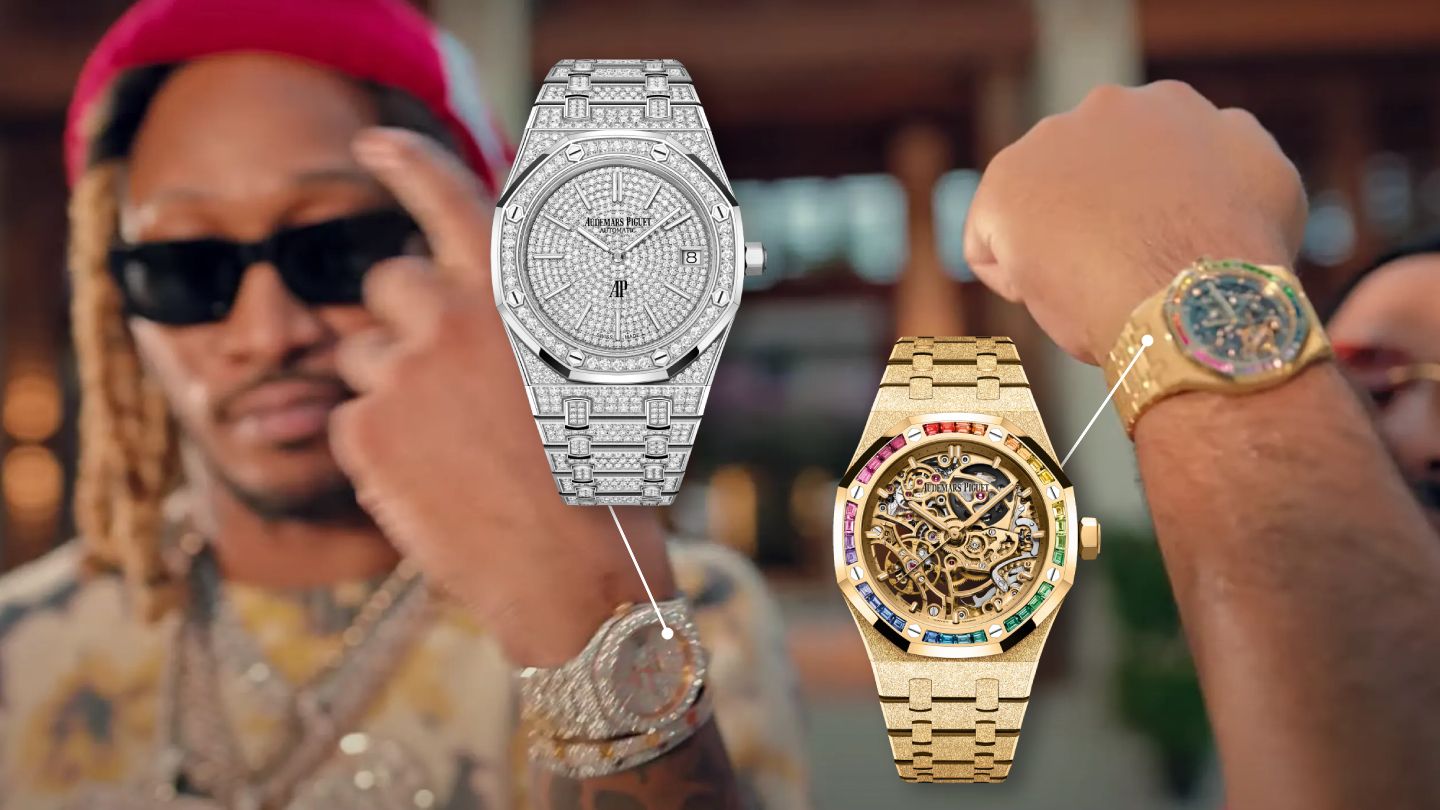
While Audemars Piguet undeniably produces exceptional timepieces, placing such a precious asset in the hands of a notoriously fickle audience is questionable strategy. Their sustained focus on cultivating a trendy fashion-forward image might alienate the brand's core clientele. Each collaboration, from Spider-Man to Cactus Jack, risks driving away loyal customers while attracting a volatile new demographic.
The haste to align with pop culture preferences often results in compromised design. These rushed collaborations can lead to missteps with potentially damaging consequences. In the long run, a more considered and sustainable approach to brand building might prove to be a wiser path.
Do The ALYX 9SM and Pop Culture Collabs Signal the Demise of Audemars Piguet's Reign?
Hardly! History is replete with brands that have successfully navigated the erratic and impulsive currents of fashion. H&M and countless others stand as testament to the enduring power of staying ahead of the trend curve. Perhaps Audemars Piguet can sustain its momentum by continuously pushing the boundaries of design, delivering the unexpected and the outrageous.
Their strategy is undeniably risky. A precipitous decline could be catastrophic. Yet, their track record suggests a different narrative. It’s a gamble that has paid off thus far. But while I question the wisdom of such a course, particularly for a watchmaker, it's difficult to dispute their success. Only time will tell if this high-wire act will continue to mesmerize or meet a spectacular fall.
Undoubtedly, a more cautious and deliberate approach to sustaining a brand is essential. Opting for a more conservative strategy might be the key to long-term success. If you question this, you probably haven’t heard of Rolex!
No articles found





